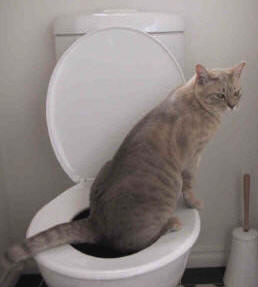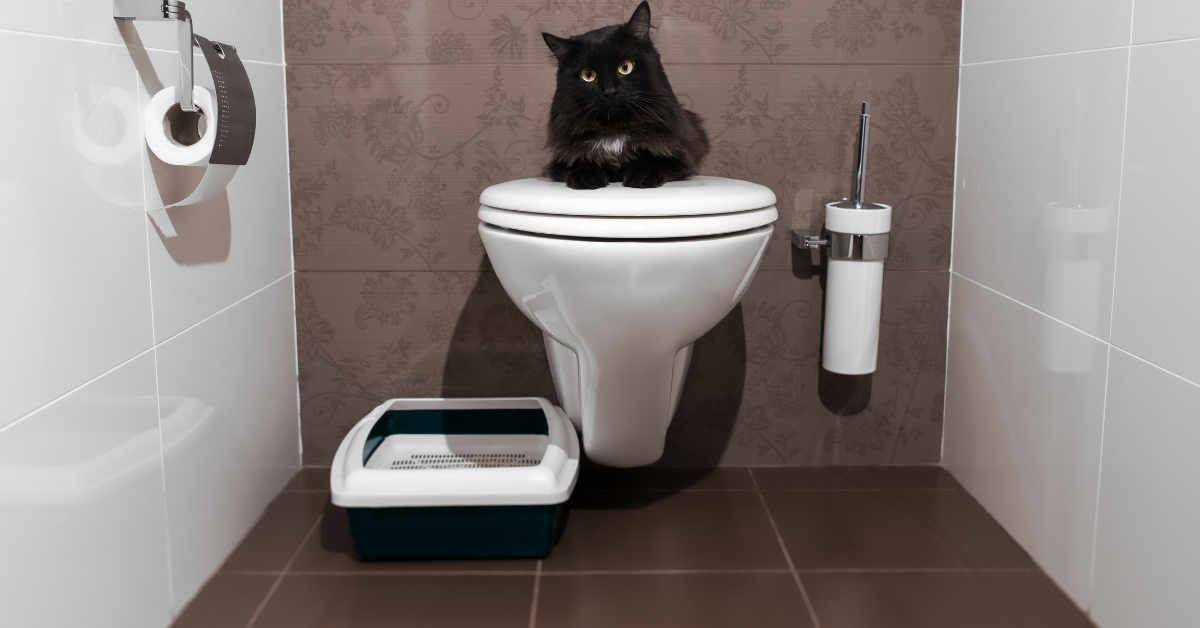Presented here down the page you will find additional very good content about How to Dispose of Cat Poop and Litter Without Plastic Bags.

Introduction
As cat owners, it's vital to be mindful of how we take care of our feline pals' waste. While it may seem convenient to flush pet cat poop down the bathroom, this technique can have harmful effects for both the environment and human health and wellness.
Environmental Impact
Flushing feline poop presents damaging microorganisms and parasites right into the water system, presenting a considerable danger to water ecological communities. These contaminants can adversely affect aquatic life and concession water high quality.
Wellness Risks
Along with environmental worries, flushing pet cat waste can also posture health threats to humans. Feline feces may consist of Toxoplasma gondii, a bloodsucker that can cause toxoplasmosis-- a possibly extreme disease, particularly for expectant women and people with damaged body immune systems.
Alternatives to Flushing
Fortunately, there are much safer and a lot more liable ways to deal with feline poop. Think about the adhering to choices:
1. Scoop and Dispose in Trash
One of the most usual approach of disposing of cat poop is to scoop it right into an eco-friendly bag and toss it in the garbage. Make sure to utilize a devoted litter inside story and take care of the waste without delay.
2. Use Biodegradable Litter
Choose biodegradable pet cat trash made from materials such as corn or wheat. These clutters are environmentally friendly and can be safely taken care of in the trash.
3. Hide in the Yard
If you have a lawn, consider hiding cat waste in an assigned area away from veggie gardens and water resources. Be sure to dig deep adequate to prevent contamination of groundwater.
4. Set Up a Pet Waste Disposal System
Buy an animal garbage disposal system particularly designed for feline waste. These systems make use of enzymes to break down the waste, lowering smell and ecological effect.
Final thought
Accountable family pet possession prolongs beyond offering food and shelter-- it also entails correct waste monitoring. By refraining from flushing cat poop down the commode and selecting alternate disposal methods, we can decrease our ecological footprint and shield human health and wellness.
Why Can’t I Flush Cat Poop?
It Spreads a Parasite
Cats are frequently infected with a parasite called toxoplasma gondii. The parasite causes an infection called toxoplasmosis. It is usually harmless to cats. The parasite only uses cat poop as a host for its eggs. Otherwise, the cat’s immune system usually keeps the infection at low enough levels to maintain its own health. But it does not stop the develop of eggs. These eggs are tiny and surprisingly tough. They may survive for a year before they begin to grow. But that’s the problem.
Our wastewater system is not designed to deal with toxoplasmosis eggs. Instead, most eggs will flush from your toilet into sewers and wastewater management plants. After the sewage is treated for many other harmful things in it, it is typically released into local rivers, lakes, or oceans. Here, the toxoplasmosis eggs can find new hosts, including starfish, crabs, otters, and many other wildlife. For many, this is a significant risk to their health. Toxoplasmosis can also end up infecting water sources that are important for agriculture, which means our deer, pigs, and sheep can get infected too.
Is There Risk to Humans?
There can be a risk to human life from flushing cat poop down the toilet. If you do so, the parasites from your cat’s poop can end up in shellfish, game animals, or livestock. If this meat is then served raw or undercooked, the people who eat it can get sick.
In fact, according to the CDC, 40 million people in the United States are infected with toxoplasma gondii. They get it from exposure to infected seafood, or from some kind of cat poop contamination, like drinking from a stream that is contaminated or touching anything that has come into contact with cat poop. That includes just cleaning a cat litter box.
Most people who get infected with these parasites will not develop any symptoms. However, for pregnant women or for those with compromised immune systems, the parasite can cause severe health problems.
How to Handle Cat Poop
The best way to handle cat poop is actually to clean the box more often. The eggs that the parasite sheds will not become active until one to five days after the cat poops. That means that if you clean daily, you’re much less likely to come into direct contact with infectious eggs.
That said, always dispose of cat poop in the garbage and not down the toilet. Wash your hands before and after you clean the litter box, and bring the bag of poop right outside to your garbage bins.
https://trenchlesssolutionsusa.com/why-cant-i-flush-cat-poop/

We had been made aware of that article on How to Dispose of Cat Poop and Litter Without Plastic Bags from a good friend on our other web blog. Liked our post? Please share it. Let somebody else check it out. We treasure reading our article about Can You Flush Cat Poo or Litter Down the Toilet?.
Information Here